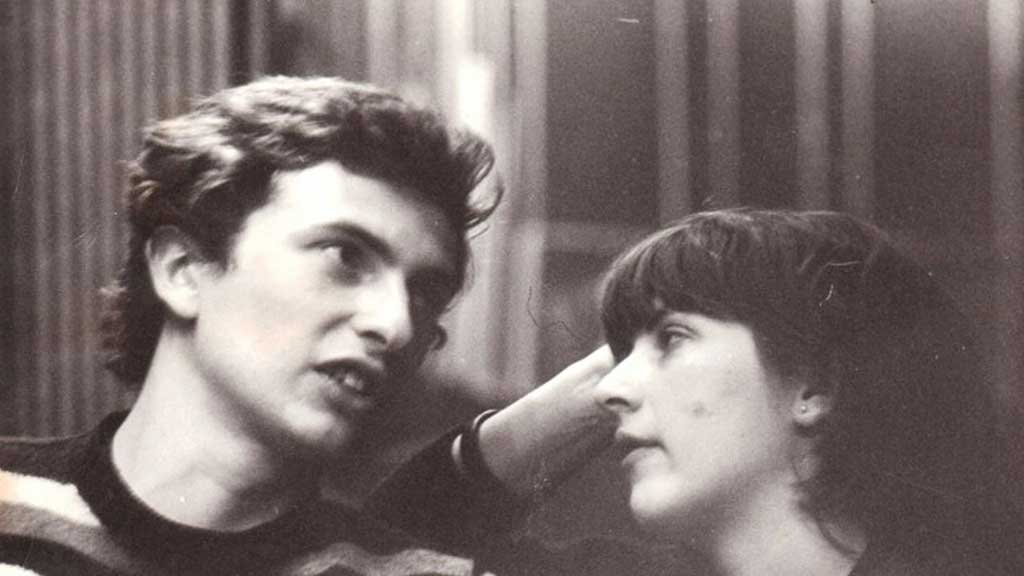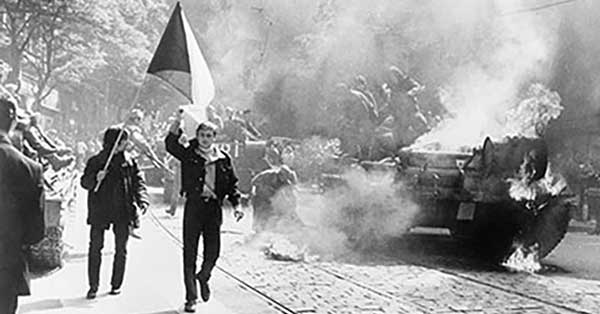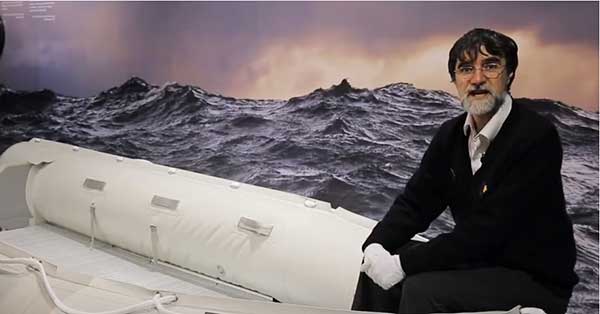We sometimes refer to this institution as a museum of stories. Stories of arrivals, of departures, of new beginnings. Among the stories are incredible, and often harrowing, accounts of escape.
These are two stories of escape, from different places and time periods. They both ended with a new life in Canada. And although they are not part of our exhibitions, they are both featured in the Museum’s programming. Here is a little bit about each story, and how you can learn more.
Jaivet Ealom’s Escape from Manus Prison
The story Jaivet Ealom tells in his memoir, Escape from Manus Prison, is as harrowing as it is gripping. The book details his four-and-a-half-year saga of fleeing Myanmar, through seven countries and three continents, including spending years in a detention centre in Papua New Guinea, before eventually finding sanctuary in Canada. Jaivet presents the book at the Museum on October 27, 2022 at 7:00 p.m. as part of our Canada’s Storytellers series.
Here is the outline of the story, as he tells it:
Jaivet lived in Maungdaw, Myanmar, a city made up of Rohingya Muslims. The residents thought of the city as a roofless prison. As Jaivet recounts, although the Rohingya have been in Myanmar for centuries, nationalist mythologies among the majority Buddhist population painted them as illegal aliens from Bangladesh. When Rohingya villages in his home state began to be attacked and burned by state-backed Rakhine Buddhist nationalist groups, while armed forces of the state “simply looked on,” Jaivet knew he needed to escape Myanmar. He flew to Indonesia where he discovered the desperate reality of living as a refugee. After two weeks, he decided to leave Indonesia aboard a boat bound for Christmas Island, an external territory of Australia off the Indonesian coast, where he could claim asylum under Australian law.
He travelled overnight through the jungle on a truck packed with other refugees hidden under a tarpaulin until they reached the departure point. After another five days at sea, they landed at Christmas Island, where they were processed by Australian authorities.
What he didn’t know was that Australian law had changed just five days prior, roughly the time he would have been boarding the boat. Now, people arriving in Australian territory by boat and without a visa would not be permitted to claim asylum. Single men like him would be sent to Manus Island Regional Processing Centre, in Papua New Guinea, which Jaivet describes as “a lawless, chaotic human zoo” and a prison. He would spend three and a half years there. At one point, he became so desperate he attempted suicide by trying to dive headfirst onto a concrete block from a building. Though badly injured, he improbably survived and slowly recovered.
Jaivet began to plan his escape. He noticed that the guards were busiest on days that there was a transfer of detainees. Having studied the behaviours of interpreters who would come to Manus to translate, he mixed in with them and managed to get out of the centre and make his way to the island airport. From there, a complex set of circumstances and decisions brought him to Canada.
His story is far bigger and more complex than can be presented in this article. To go deeper into the story, reserve your seat now for the event and hear Jaivet speak about his incredible escape and about his new life in Canada.

The couple who fought their way off a plane to defect in Gander.

Luben Boykov and Elena Popova, both visual artists from Bulgaria, tell this story in episode five of the Museum’s Countless Journeys podcast:
It was 1990. The couple were on their way to a vacation in Cuba with their baby. Or at least that was the story. Cuba was a popular, and more importantly, permitted destination for citizens of the Soviet Union. Because of the distance, most planes had to stop to refuel. The most convenient airport to do so was in Gander, Newfoundland.
They intended to defect once inside the Gander airport, if their plane happened to stop there.
Luben recalls “We noticed that almost all the passengers - Russian nationals - were agents. So we knew that we could expect some resistance from them.”
When the plane touched down, they saw snow on the ground. There was a Canadian flag on the terminal. Although illegal, the plane began refuelling with everyone aboard. The passengers were not being allowed into the terminal, they realized. They reckoned there were about 30 or 40 other potential defectors among the passengers. But they were seated at the front, together with two other Bulgarians. “So,” explains Luben, “we just stood up and, uh, started moving towards the front of the plane where we were hoping to find an emergency exit.”
Several Russian passengers blocked their way, screaming that they were traitors to the communist ideal for trying to defect.
“And that's when a brawl basically exploded.”
To hear the rest of Luben and Elena’s incredible story, including how they ended up staying in Newfoundland, listen to Episode 5 of our Countless Journeys podcast.


